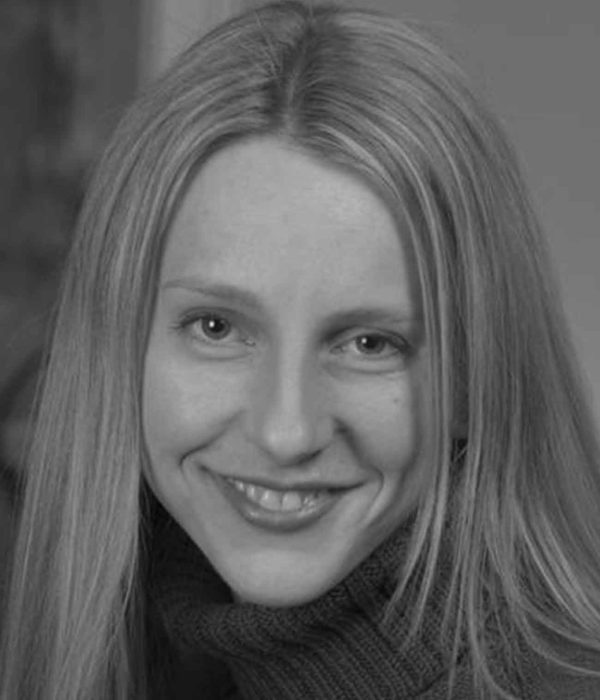
Urban Greenprint

Urban Greenprint
A rendering of Stefano Boeri Architetti’s “Bosco Verticale”
This is a guest post by Jennifer Barnes and Alexandra Ramsden at Urban Greenprint. Through place-based research and a biomimetic process to understand nature’s strategies, the Urban Greenprint identifies ways to strengthen ecological systems in urban centers. The Urban Greenprint has grown out of the work of Biomimicry Puget Sound, a long-time collaborator of Ecotrust, and with support from the Bullitt Foundation.
Many of us think of nature as our best classroom. From amazing biology and system-thinking lessons to the relaxed vitality we feel when we walk through a forest or sit by the ocean, we know nature is worth restoring and protecting.
This is a laudable and important perspective, yet it positions nature as “out there,” as separate from us. In reality, we are not separate from nature. We ARE nature. And what we do to nature, we do to ourselves. How can we begin to understand that we can do more than learn about nature? That in fact, we can learn from nature. Nature is not simply a classroom; nature can be our best teacher. How might this subtle shift impact what and how we learn?
Biomimicry is a cross-disciplinary perspective that asks us to set aside what we think we know about nature so that we can learn directly from nature. It invites us to get curious about how nature solves for challenges (how does an arctic fox stay warm? how does a humpback whale spin? how does a firefly project bright light?) and then abstract and apply that biological strategy to our own design solutions, helping our designs become more sustainable (to learn about some of nature’s brilliant strategies, get lost in www.asknature.org for an hour or two). If you can imagine a physical challenge, there is a critter or plant somewhere on the planet that has found a solution — undoubtedly arriving at this solution by using local and abundant materials and without harming its own nest.
The Urban Greenprint is a biomimicry-inspired project that seeks to learn from local nature in order to understand how to design buildings and infrastructure more sustainably. Funded by the Bullitt Foundation, the Urban Greenprint “SeedKit” is a recent effort of this project. The SeedKit takes aim at polluted runoff by focusing on a local starting point: Northwest forests evaporate nearly half of the rain that falls on them. If our buildings and infrastructure begin to evaporate water the way our forests do, polluted runoff will be significantly reduced. The SeedKit offers design ideas inspired by local forests that could be integrated into building design to increase evaporation and reduce runoff.
The next phase of work will move several of these design concepts closer to production. The Greenprint team will be collaborating with architects, material engineers, and building cladding manufacturers to design exterior materials that increase evaporation from buildings.
Although the native Northwest forest is a complex, interconnected system that cannot be dissected and still retain its same elegant cycles, its forms and processes hold keys to how our buildings and infrastructure can generate positive benefits for our local ecosystem. There is a lot we can learn simply by listening to the natural wisdom that surrounds us.
To link to the SeedKit and to learn more about Urban Greenprint, visit urbangreenprint.org/seedkit
Attend a workshop with Jennifer and Alexandra on the SeedKit at Living Future, the leading conference for regenerative design, May 17-19 in Seattle.
Jennifer Barnes, AIA, LEED®AP; Principal at 55-5 Consulting
Jennifer is an architect and sustainability consultant with over 20 years of project experience. She splits her professional life between her company, 55-5 Consulting, and the Urban Greenprint, a project that applies biomimicry at a city scale. Jennifer is co-founder of Biomimicry Puget Sound and is active in the Northwest green building community.

Jennifer Barnes, AIA, LEED®AP; Principal at 55-5 Consulting
Jennifer is an architect and sustainability consultant with over 20 years of project experience. She splits her professional life between her company, 55-5 Consulting, and the Urban Greenprint, a project that applies biomimicry at a city scale. Jennifer is co-founder of Biomimicry Puget Sound and is active in the Northwest green building community.

